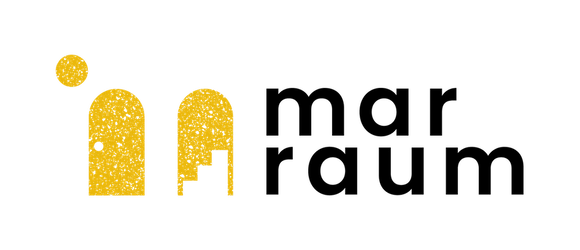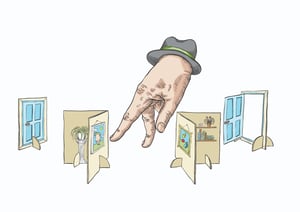There are many architects practices in Cornwall offering a range of architectural services. And when it comes to design you can experience anything from a sketch on the back for a beer mat, all the way through to walking into a virtual world as you will at Marraum.
But how much detail do you need to get started on your project?
An architect/architectural technician/ designer - works with plans every day: whether they’re drawn by hand or by computer, 2D or 3D. Your designer should fully understand what you want. And they should have a very good understanding of how to make your new space work.
But do you understand their vision? And does it match or enhance yours?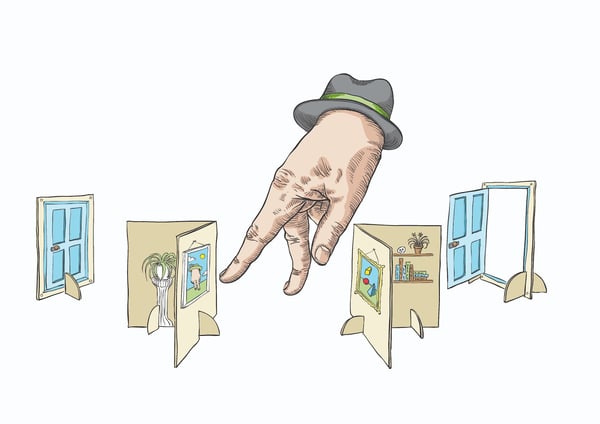
''I'm often surprised at the level of detail that is acceptable, compared to what can be achieved. I’ve personally come across hand drawn sketches submitted to the Local Planning Authority for a planning application which looked little better than a toddler’s drawing – with even the smoke coming out of the chimney! On the other side, I’ve seen beautiful drawings that deserve to be framed and hung on a wall.''
The devil's in the detail
It may be that you have an understanding of the construction industry, a clear vision of what you want. But in our experience many people undertaking a construction project do not fully understand the details of, for example, a technical drawing.
What does a dotted line mean on a plan? What does the acronym SVP stand for? What does that triangle on the door mean? A dotted line generally means above, an overhead lintel for example. SVP is a soil and vent pipe, necessary at a head of a drain run to help the flow of waste. A triangle on a door is to show the side of hinge and direction of opening.
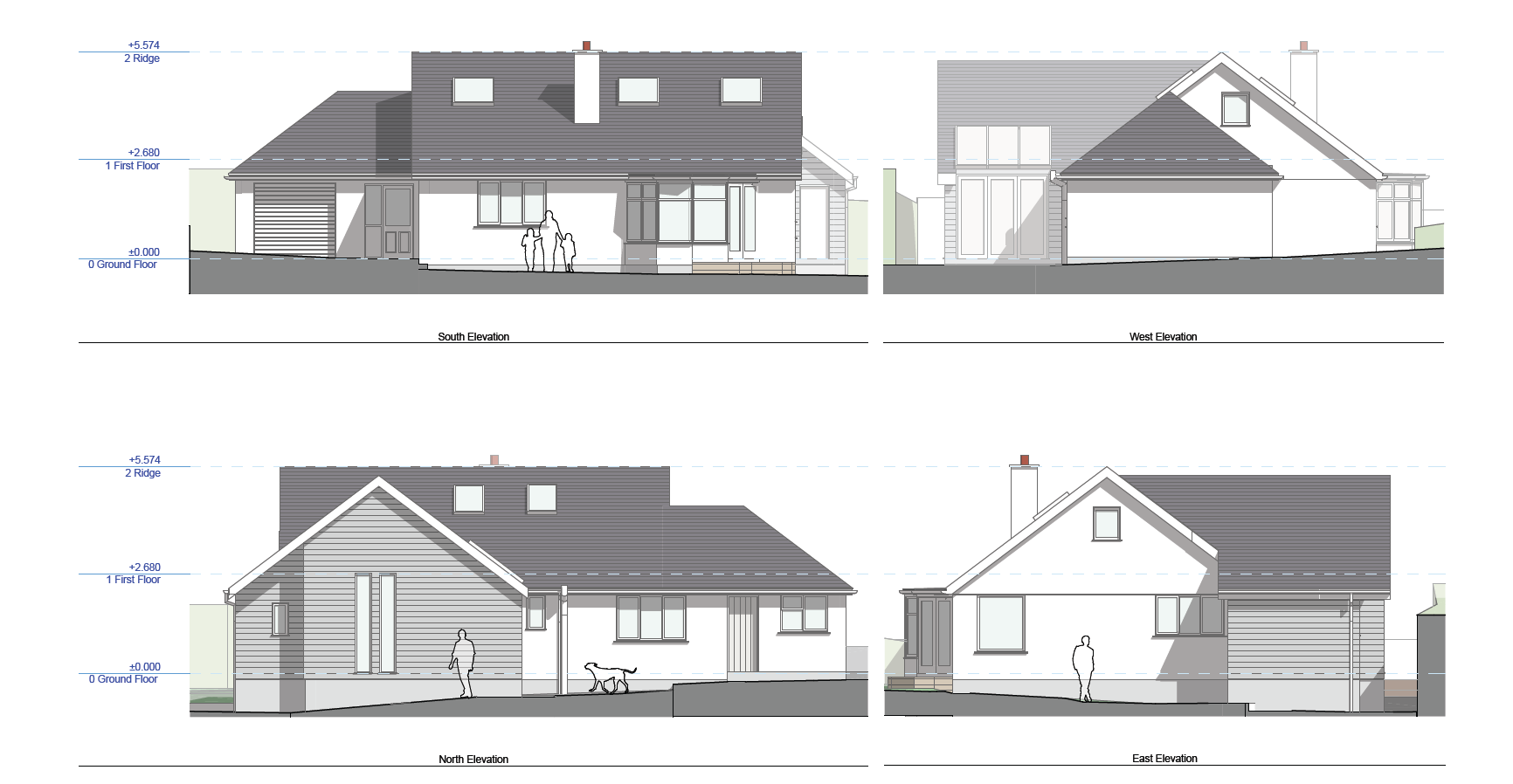
Needless to say, as with most things in life: you get what you pay for. Drawings with little detail or scrappy presentation are going to cost less - fact. Spending more time on design to getting it to look right both on paper and 3D is going to be more time consuming therefore cost a little more. But taking time at this stage to understand the designs and answer questions will save money and problems further down the line when you come to the building stage.
What if you didn’t want that lintel exposed, the SVP on show or your beautiful new bi-fold doors opening the wrong way?
If these problems are not fixed at the design stage they will cost far more to rectify later on than if you get things right in the first place.
Step into a virtual world
Having seen the industry from both sides, quick drawings through to detailed. I know which I prefer. I’ve experienced drawings and designs that were quick and less detailed, keeping costs down. This often led to areas being overlooked, discussions not being had over areas of the project and sometimes therefore major unplanned changes having to be made on site.
All this caused too much stress for the clients and having experienced it I see the value of giving as much detail and understanding to clients as possible. We want to help every Marraum client to understand all aspect of their building before anything gets built. We do this by using 3D technology and creating your project in Virtual Reality (VR) so you can step inside, walk and look around as well as experience the space including how the finishes will look.
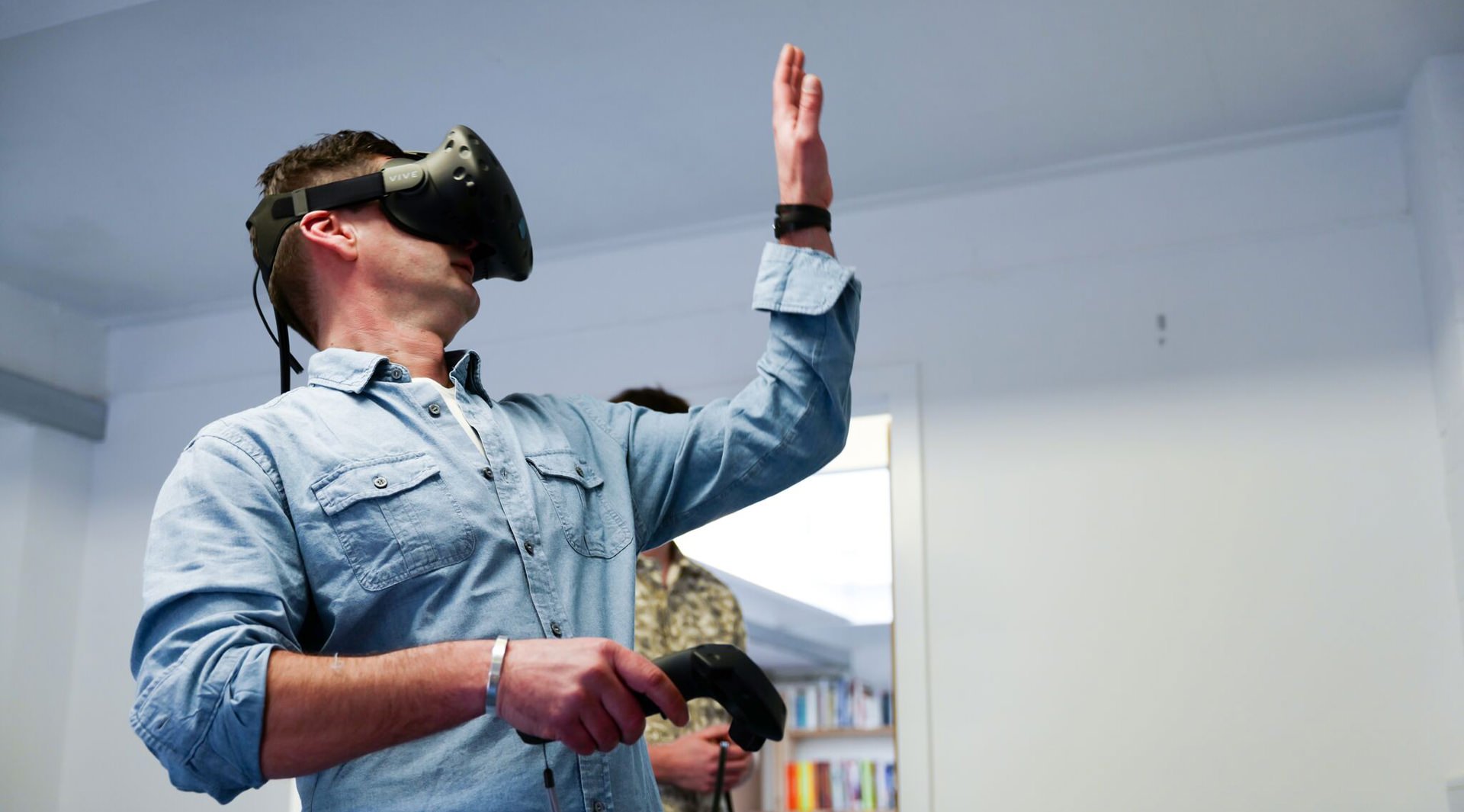
So, instead of asking what that dotted line on your plan is, you can walk into your building and reach out and touch the lintel it represents. You can respond immediately to your new space and understand it before any building is done. In our experience this process helps hugely in reducing errors, concerns and changes during the construction process.
The level of detail that you are looking for from your designer will be different for each person reading this, but the outcome should remain the same: a confidence from them that they know what they are doing, that they have a deeper understanding of what they will be giving you so that everything has been done to avoid unnecessary costs later on in the process.
This level of understanding may mean slightly higher fees initially, it also might take a little longer to produce but it will also mean more skill, more understanding, more guidance and less stress in the long term — and will look to save you a costly mistake further down the line.
Want to experience how a virtual world looks and feels? Get in touch to discuss your building project and we’ll show you how the technology works.

